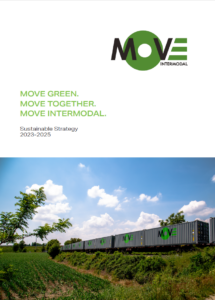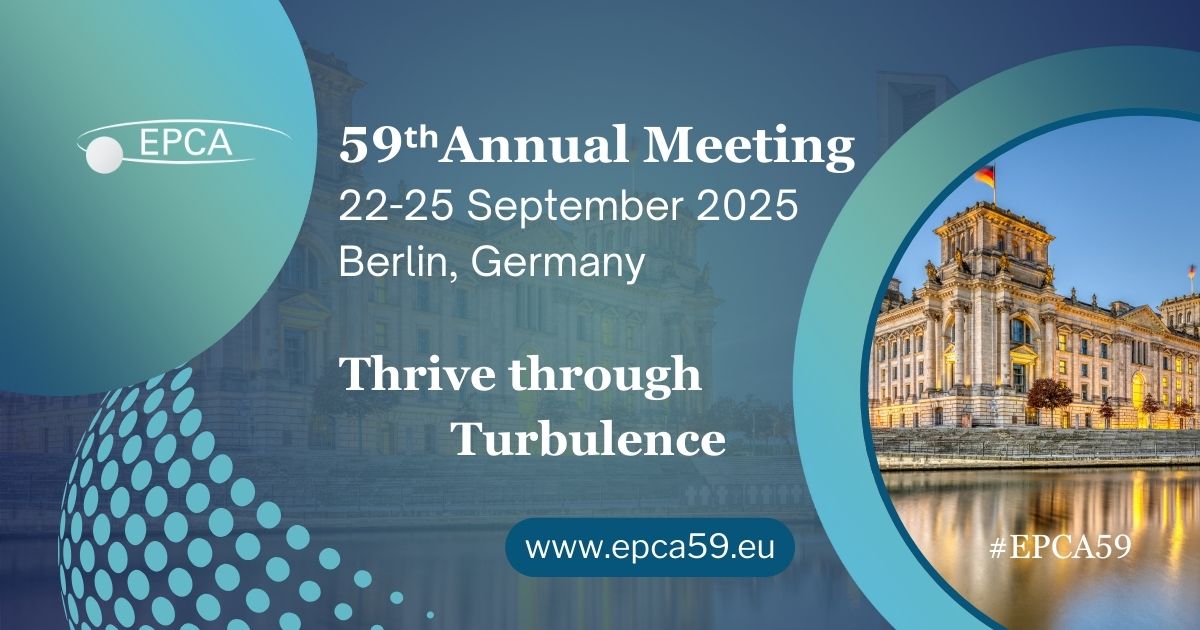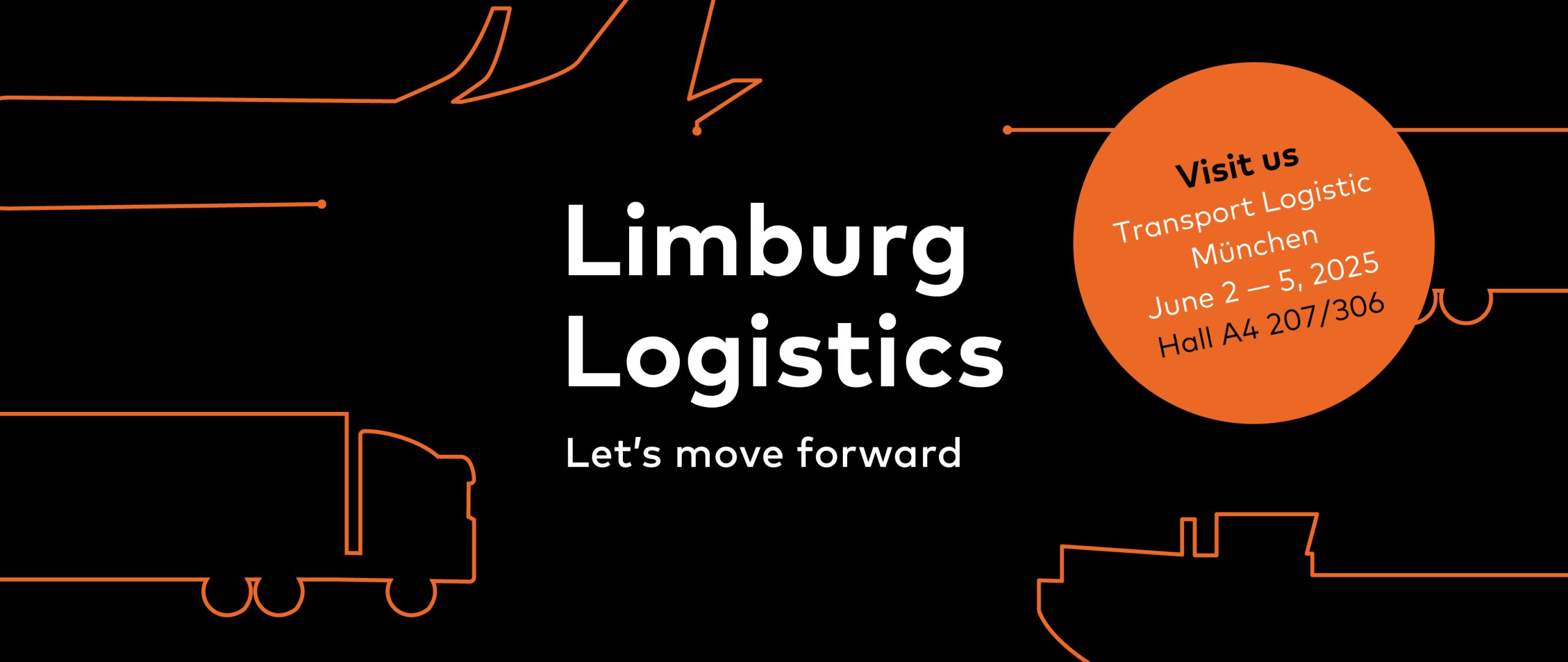
To gain better control over risks, Move Intermodal has categorized them into four fields:
Move intentionally added the economic pillar to ESG to effectively align sustainable business practices with the economic interests that naturally exist. Tomas Tempelaars, Chief eXcellence Officer at Move Intermodal, commented on the decision to include economic risks: “In addition to our focus on environmental and social interests, we must also consider the economic aspect. After all, we are a commercial company.”
With support from Sustacon, Move selected the most frequent and current external material risks in the logistics sector, narrowing them down from the initial eighty risks to the top twenty.
With a clear view of the risks, Move Intermodal then examined whether and how it is possible to influence the impact of these risks from its own strategy. “By demonstrating that we are actively engaged in ESG+E at Move, we differentiate ourselves from the competition.” says Koen Vandepitte, Chief Commercial Officer. “A slight nuance, we can’t green the transportation sector in Europe on our own. That can only be accomplished if we, together with our customers, suppliers, and other stakeholders, including competitors, work towards it. Our leading role contributes positively to how people perceive Move. Being consciously involved in ESG+E makes us more appealing to customers and (future) employees.”

An example of an environmental risk is climate change. Move actively addresses this risk by providing green transport solutions and applying sustainable procurement practices. Each selected ESG+E topic is linked to Move Intermodal’s own strategy.
With the recently published sustainability strategy, Move Intermodal is ahead of European regulations that require reporting on the environmental and social impact of business activities (CSRD, Corporate Sustainability Reporting Directive). The Corporate Sustainability Reporting Directive (CSRD) is one of the pillars of the EU Sustainable Finance plan, which aims to make the entire economy more sustainable. This plan also entails reporting obligations. While Move Intermodal won’t face this requirement until 2026, the company decided to take action now to actively contribute to further greening the transportation sector.



Are you interested in the services of Move Intermodal? We would be glad to provide you an intermodal solution for your transport flows throughout Europe. You can direct your rate request directly to our sales team by filling out the form! We will provide you a competitive offer as soon as possible.